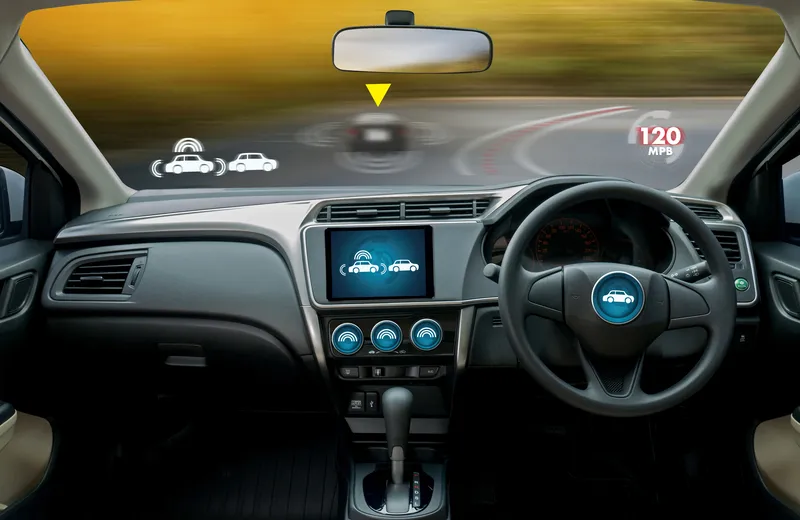The US DoT Intelligent Transportation Systems Joint Program Office (ITS JPO) has published a discussion document - Principles for a Connected Vehicle Environment. This document expresses a set of working principles intended to guide US DoT's research, demonstration and implementation activities related to a connected vehicle environment. Connected vehicles refer to the ability of vehicles of all types to communicate wirelessly with other vehicles and roadway equipment, such as traffic signals, to support
May 8, 2012
Read time: 2 mins
The 324 US Department of Transportation (US DoT) Intelligent Transportation Systems Joint Program Office (781 ITS JPO) has published a discussion document - Principles for a Connected Vehicle Environment. This document expresses a set of working principles intended to guide US DoT's research, demonstration and implementation activities related to a connected vehicle environment. Connected vehicles refer to the ability of vehicles of all types to communicate wirelessly with other vehicles and roadway equipment, such as traffic signals, to support a range of safety, mobility and environmental applications of interest to the public and private sectors. Vehicles include light, heavy and transit vehicles. The concept also extends to compatible aftermarket devices brought into vehicles and to pedestrians, motorcycles, cyclists and transit users carrying compatible devices, which could make these vulnerable users more visible to surrounding traffic.
The principles in this document reflect the positions of the831 Federal Highway Administration (FHWA), the 834 National Highway Traffic Safety Administration (NHTSA), and the 321 Research and Innovative Technology Administration (RITA) at this time of adoption related to research, demonstration and implementation of a connected vehicle environment.
Click here to view the discussion document.
The principles in this document reflect the positions of the
Click here to view the discussion document.








